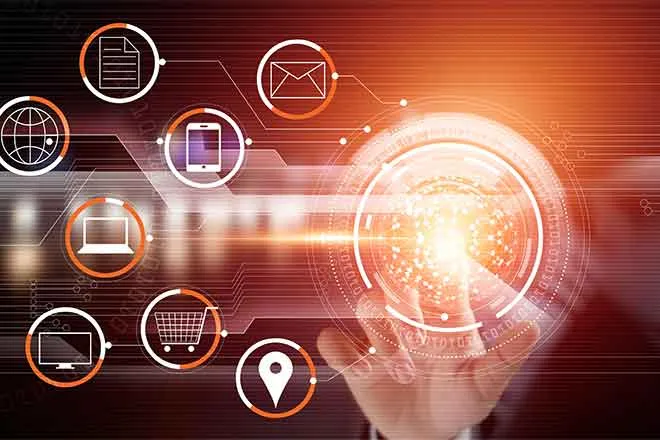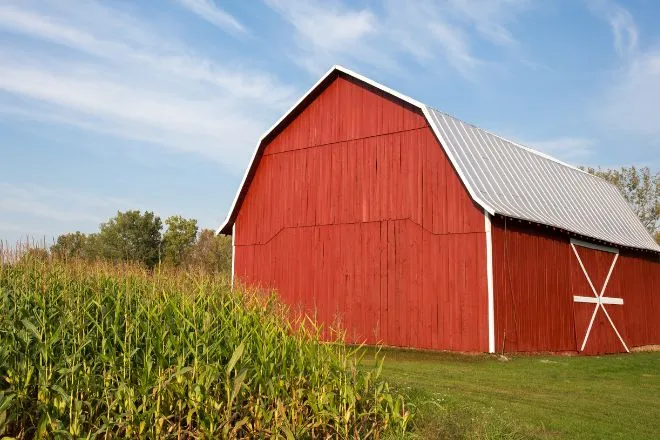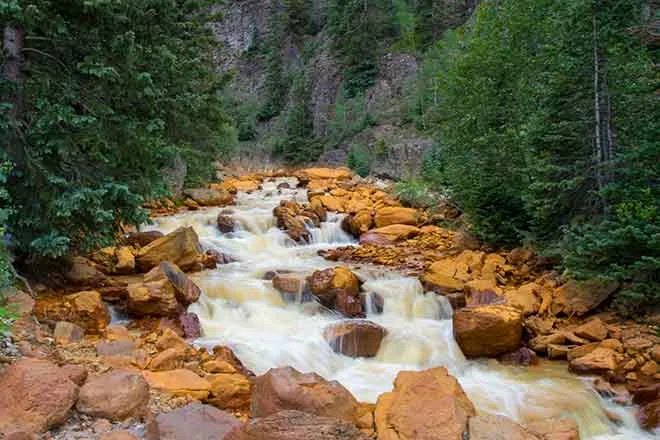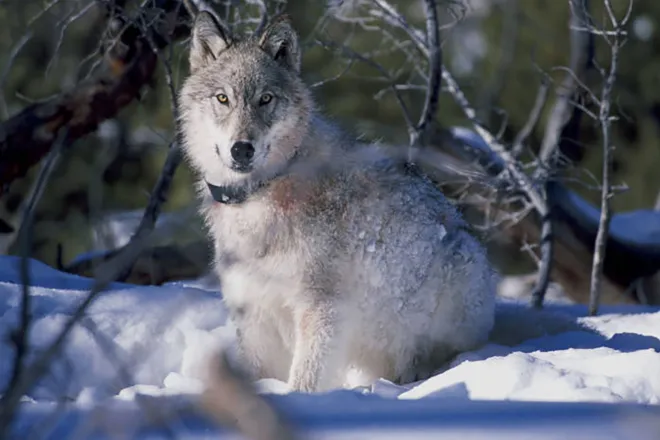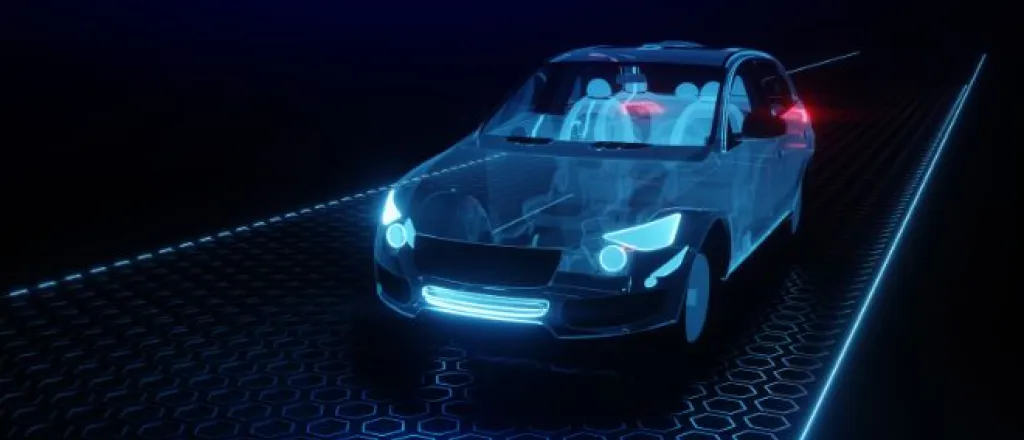
Fascinating facts about lidar you didn’t know
If you’re on top of big trends in robotics and automotives, you probably already know a thing or two about lidar (light detection and ranging) technology. As futuristic tech like drones, robots, and self-driving cars become more common, we hear more and more buzz about the lidar sensors that help them operate safely.
There’s a lot to learn about lidar, and with technology constantly evolving, there’s always something new and interesting just around the corner. Interested in learning more? Check out these fascinating facts about lidar you didn’t know.
It’s been around longer than you think
Lidar plays a vital role in cutting-edge technology, but it’s actually older than most people realize. While modern lidar systems didn’t exist until the invention of the laser in 1960, the history of lidar dates all the way back to the 1930s, when meteorologists used light pulses to record the heights of clouds. The technology has changed a lot since then, but the idea of using light to measure things we can’t see has been revolutionizing science and engineering for nearly a century.
Lidar powers self-driving cars
One of lidar’s most popular applications is its use in the automotive industry, so you might already know that it powers autonomous vehicles. In fact, you might even use lidar in your car’s safety system—it plays a key role in blind spot monitoring, parking assistance, and other modern features. But do you know the full potential of autonomous vehicles? In addition to personal cars, autonomous driving can power city buses, city sweepers, warehouse vehicles like forklifts, delivery vehicles, and so much more.
Lidar helps us see dangerous settings
From active volcanoes to far-off planets, there are plenty of settings we want to study but can’t get close to without serious protection and preparation. That’s where lidar comes in. One of the most fascinating facts about lidar is how quickly and accurately it can create a 3D map of an area. Lidar can detect everything from major landscape changes after a natural disaster to subtle structural hazards in mining operations. With this data, researchers, first responders, and other key professionals can learn more about hazardous locations and operate more safely within them.





